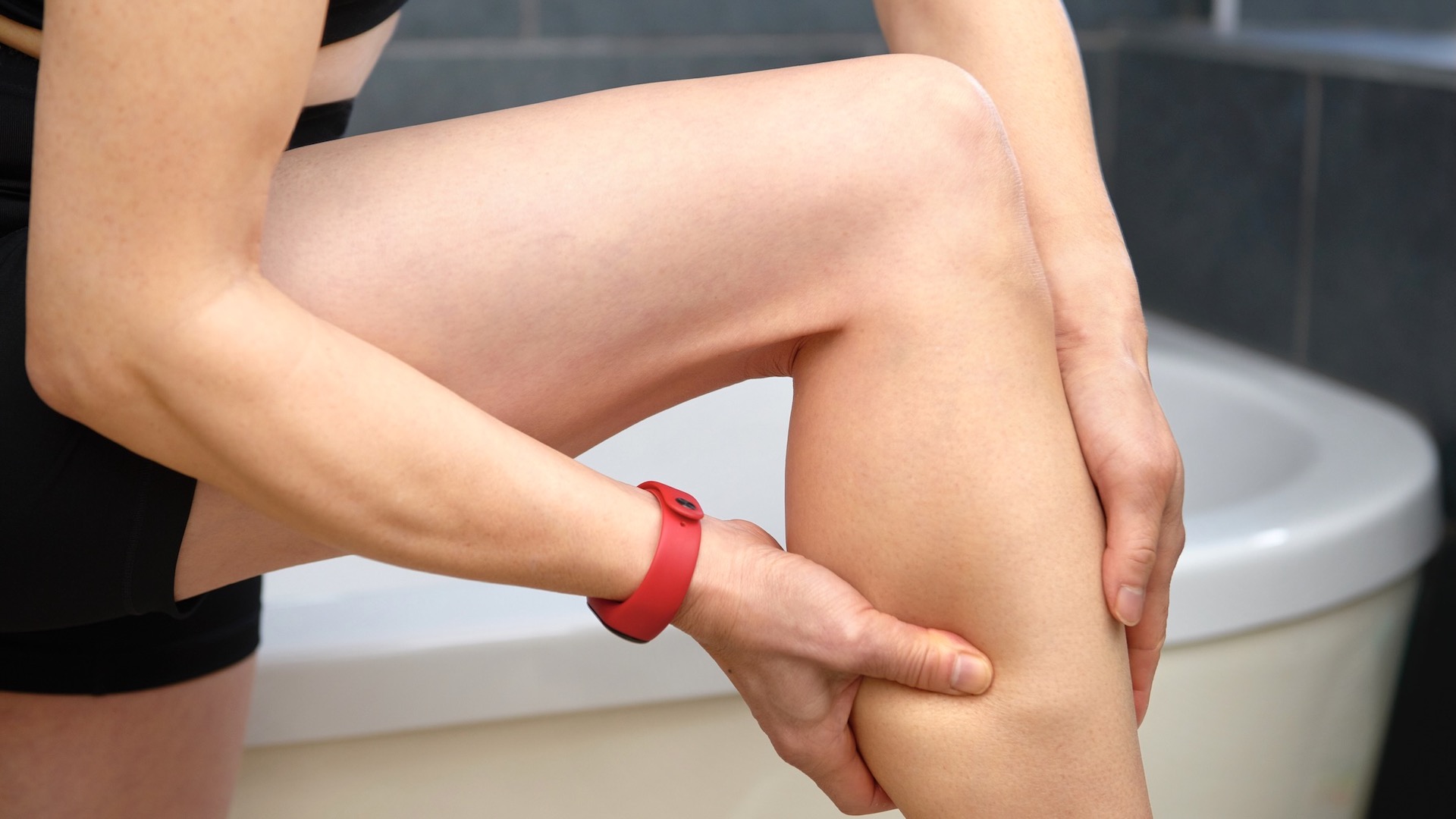What to do about tight calves from running
We ask the experts for advice on how to avoid tight calves from running – and what to do if you are stopped in your stride

Have you started to dread getting your trail running shoes on due to painful, tight calves? Tight calves are a common running condition, according to Sports Medicine Reports. We explore the reasons why runners can be affected by this common running issue and what to do to avoid tight calves in the first place, plus how to recover if you are struggling with a tight calf.
James Philips, a strength and conditioning coach, explains why tight calves are a frequent issue for runners.
He says: “The calf muscles have to do a tremendous amount of work when people run. Even when jogging at slower speeds the lower part of the calf muscle – the soleus – is put under intense force just to propel you forwards.
“So, at the most basic level, the tightness in calf muscles can come about from the high level of work required by the calves.
“In addition, the severity of calf tightness will depend on whether the calf musculature is sufficiently conditioned to cope with the running demands placed on them.”

How can runners prevent tight calves?
There are a few ways to prevent tight calf muscles occurring in the first place. James, who work with the running app Coopah, offering live sessions, video-on-demand and other content, says: “The first and most obvious thing to do to avoid tight calves is to strengthen them with targeted exercises and sufficient load to make them stronger.”
He suggest that runners include strength and conditioning exercises such as calf raises to help with the prevention of tight calves. He says: “Make sure you do the calf raises through the whole range of motion you have available at your ankle.
All the latest inspiration, tips and guides to help you plan your next Advnture!
“Loading the muscle through the full range will help to lengthen the muscle fibres and it is more likely to create the desired result of stronger and more robust calf muscles.
“Completing these on non running days if possible to allow them to recover.”
Over time, runners can add free weights to increase the load on the calf muscles as they become stronger and so further improve conditioning.
The second tip to avoid calf muscle tightness is to carefully manage training volume, speed and terrain of running through a sensible training programme.
James says: “The faster your run, the more work your calf will do. The steeper the hill, the more work your calf will do. And the further your run, the more work your calf will do.
“So, it’s important to be sensible when introducing a new training method or even increasing the distance as it could place more load than you think on your body.”
Another factor to consider is what type of running shoe you're wearing. If the soles have become worn or lost their original cushioning this could lead to an imbalance in your running stride. It could be that it's time for new running footwear, or a trip to see a specialist for a running gait analysis.

Is there a cure for tight calves?
When tight calves strike, the best solution for the next few days is rest and recovery. Jame suggests stretching the calf muscle or foam rolling the muscles to provide immediate relief. Some runners use a message gun or book a sports massage session with a massage therapist to help with calf muscle tightness.
However, for a long-term solution to avoiding calf tightness, it's better to improve the strength of the muscles in the first place.

Fiona Russell is a widely published adventure journalist and blogger, better known as Fiona Outdoors. She is based in Scotland and is an all-round outdoors enthusiast with favorite activities including trail running, mountain walking, mountain biking, road cycling, triathlon and skiing (both downhill and backcountry). Aside from her own adventures, Fiona's biggest aim is to inspire others to enjoy getting outside and exploring, especially through her writing. She is also rarely seen without a running skort! Find out more at Fiona Outdoors.
